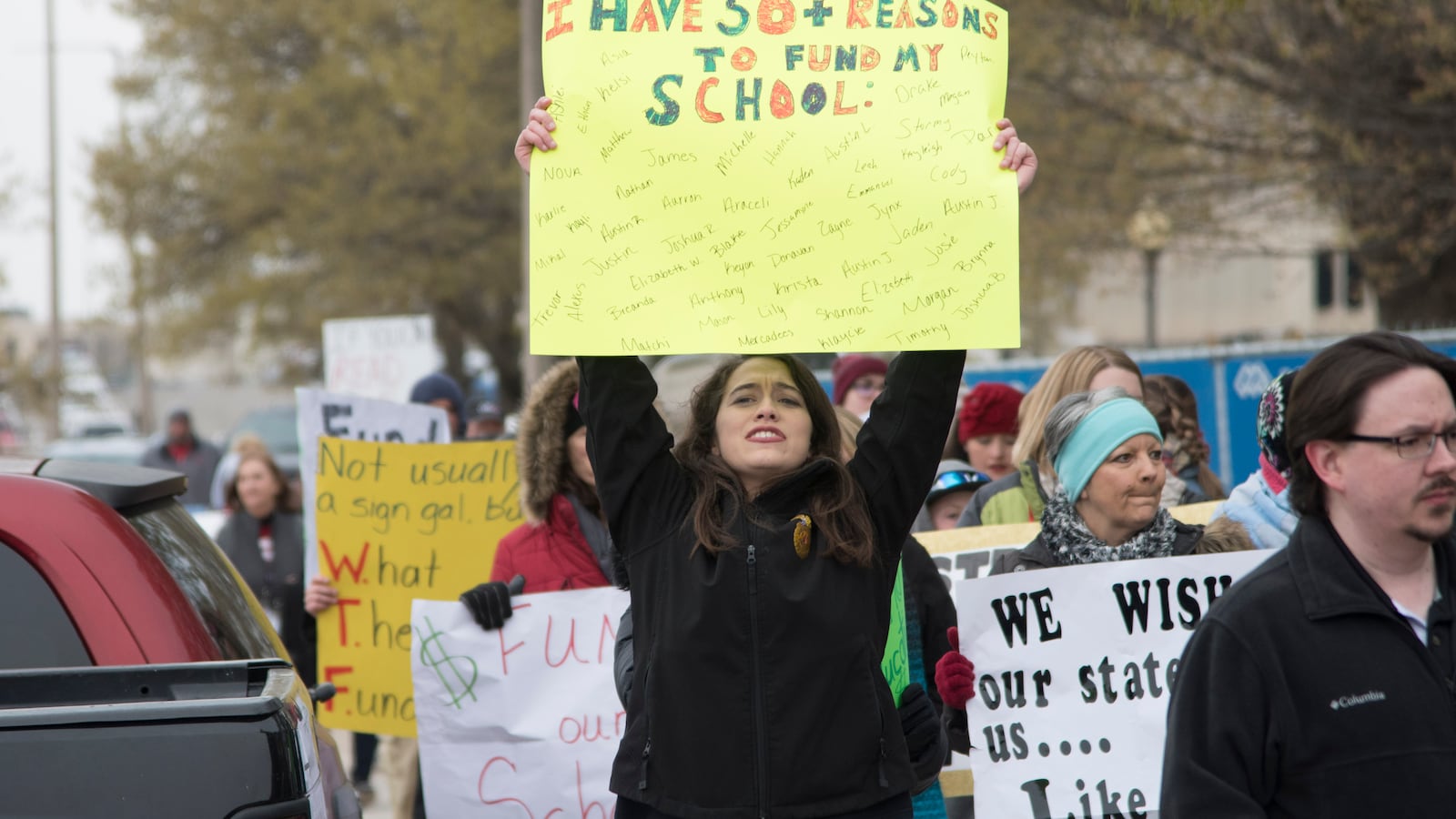As school districts across the country have faced budget crunches, a number have landed on a cost-saving solution: cancelling school one day a week.
Districts in at least 21 states have adopted the four-day school week, including one in five districts in Oklahoma — an issue teachers there raised as they prepared to strike this week. “This package does not overcome a shortfall that has caused four-day weeks and overcrowded classrooms,” the Oklahoma Education Association president said last week, criticizing a new law that provided pay increases for teachers.
Now a new study points to an unintended but perhaps unsurprising consequence of cutting the school week: a spike in juvenile crime.
Using sophisticated statistical techniques and data from 1997 and 2014 in Colorado, researchers Stefanie Fischer and Daniel Argyle looked at how four-day weeks affected crime among high-schoolers.
The results aren’t pretty. Overall, shortened weeks caused youth crime to jump nearly 20 percent, with the biggest spikes in property crime. The study didn’t find clear increases in violent crime, but there was some evidence of an increase in drug offenses.
Crime rates jumped the most on Thursdays; the researchers theorized that students treated that evening like an additional weekend night.
“Our findings support the common belief that when youth are supervised, as they are in school, they are less likely to commit crime,” concludes the study, which was published in the peer-reviewed journal Economics of Education Review.
In Colorado, a large share of rural districts have four-day weeks, and some suburban and city districts have also recently adopted this approach.
The districts extend the school days on Monday through Thursday, so that total time in school is not affected. That still allows districts to save on transportation, food, and utilities costs, and an extra day off for teachers is also a perk that might improve teacher retention.
Surveys in the affected districts generally find high degrees of satisfaction with shorter weeks. But the latest study underscores a less-discussed downside of the approach.
Still, the Colorado findings differ somewhat from past research in this area. In 2014, researchers looking at school furlough days in Hawaii found they coincided with fewer arrests for drugs and assault among young people. Older research indicates that days off from school for teacher strikes or professional development lead to more property crime but less violent crime.
How does all of this affect academics? It’s unclear. One Colorado-focused study found that, if anything, the switch to four-day school weeks improved test scores. In Oregon, though, four-day weeks hurt achievement, particularly among students of color, low-income students, and those with a disability.
The mix of findings, some particularly negative, suggests that the budget shortfalls have left schools with tough choices — especially when schools serve many purposes, such as providing lunch to hungry kids, as the Washington Post reported last year.
“It’s good and bad,” one fourth grade student in Oklahoma said then. “The good part is we have more time with our families, and the bad part is some people don’t get to eat.”


